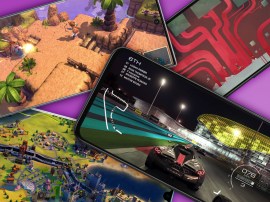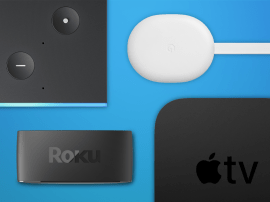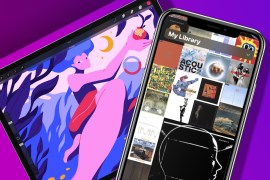Stuff Meets… Vaonis’ Cyril Dupuy
Vaonis Founder & CEO on dropping out of uni, celestial wonders and the evolution of portable telescopes
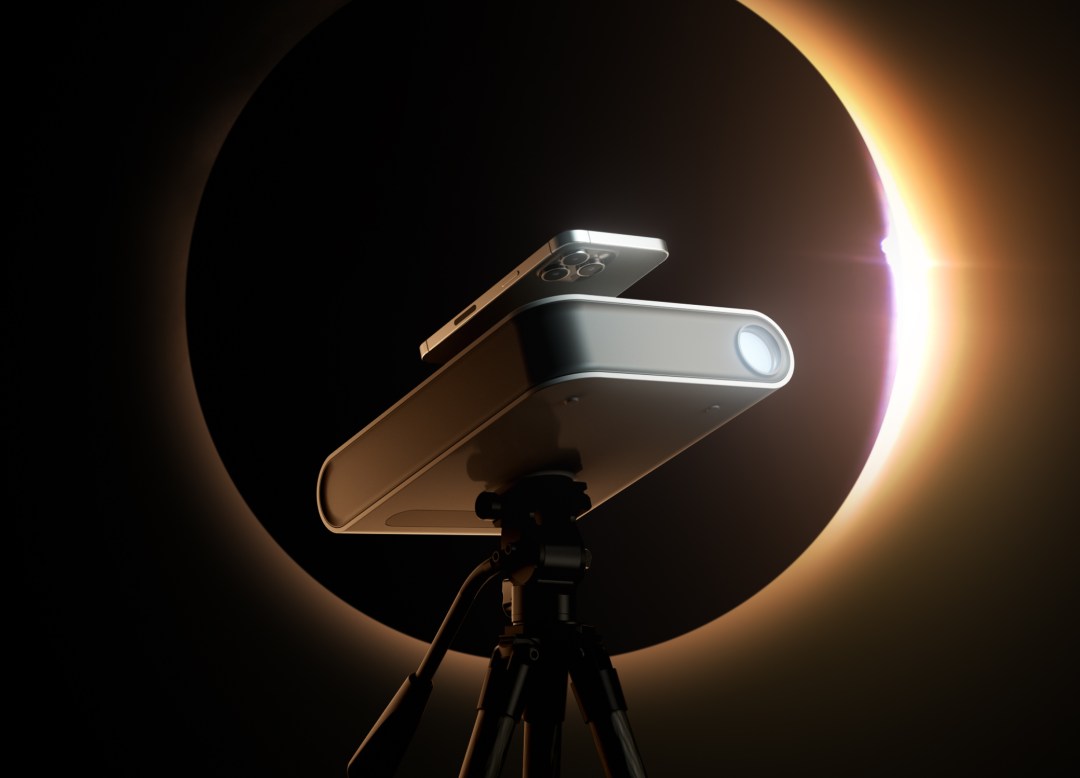
Vaonis founder & CEO, Cyril Dupuy, made the bold move of dropping out of university to dedicate himself to Vaonis’ first smart telescope.
We also find out how that led him the launch Hestia, the next evolution of portable telescopes that uses the power of the smartphone.
Vaonis was founded in 2016 in Montpellier, where I was born, but the idea of a smart telescope came to me a few years before when I was a student optics and aerospace.
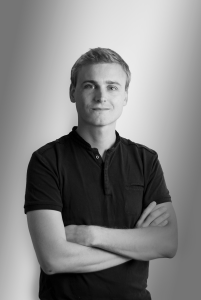
My passion for astronomy started after my visit to the Nice Observatory – the fourth-largest telescope in the world – during my teenage years. I fell in love with telescope design and started to purchase a few of them, dismantle them and rebuild them to understand how they work. I then became actively engaged in astronomy outreach activities.
During stargazing parties, I made a fascinating observation. Every time I invited people to observe the night sky through a telescope, they expressed a desire to capture photographs of the celestial wonders they witnessed. This coincided with the era of GoPro. A period marked by the rise of accessible and user-friendly technology for capturing experiences. Inspired by this convergence of interests and technological advancements, I embarked on a mission to create a device. One that was not only easy to use and carry but also capable of enabling people to effortlessly capture the marvels of the universe.
I dropped out of university to dedicate myself to Vaonis’ first smart telescope.
I dropped out of university to dedicate myself to the design and development of Stellina, then created the company Vaonis. My vision materialized into Stellina, our first smart telescope, which was launched in 2018. It was a risky move that understandably worried my parents. But looking back now, after seven years on this journey, I can proudly say it was the right call.
Stellina and Vespera are a combination of a telescope and a camera, controlled by an embedded computer and connected to your mobile phone.
Stellina (released 2018) and Vespera (released 2020) are designed to be user-friendly, offering a plug-and-play experience. Additionally, their software is continually upgradeable, enhancing the user experience over time by incorporating new features and improvements.
With Hestia, we’re pushing back the limits of miniaturization to make the experience even more easier and accessible. Hestia, alone, does not qualify as a smart telescope since it lacks an embedded computer, camera, mechanical components, or electronics. However, when paired with a smartphone, Hestia transforms into a smart telescope.
Hestia is the next evolution of portable telescopes that uses the power of smartphone sensors to photograph the sun, the moon and the cosmos.
Hestia is a compact and sleek device, with the size and weight of a book, that was designed with modern stargazers in mind. The product design incorporates Vaonis’ signature elements, such as black and white colors and soft rounded shapes. This aesthetic is reminiscent of the Stellina and Vespera design. It combines a telephoto lens, which increases the zooming capability of smartphones by up to 25 times, and intelligent software that optimizes smartphone performance for astronomical photography.
With the Hestia telescope, all you need to do is to place your smartphone on the device. And then align the phone’s camera with Hestia’s ocular. Using the Gravity app, you can pick the object of interest that you want to see and follow the guide to point Hestia in the right direction. The telescope is based on a patented optical system consisting of a 30 mm (1.18 in) lens and prisms. These collect and focus the light directly into the camera sensor of a smartphone, accomplishing what bulkier telescopes can do but at a significantly more compact size. Hestia is also future-proof. Thanks to a system of removable magnets, the telescope accommodates all sizes of current and future smartphones.

